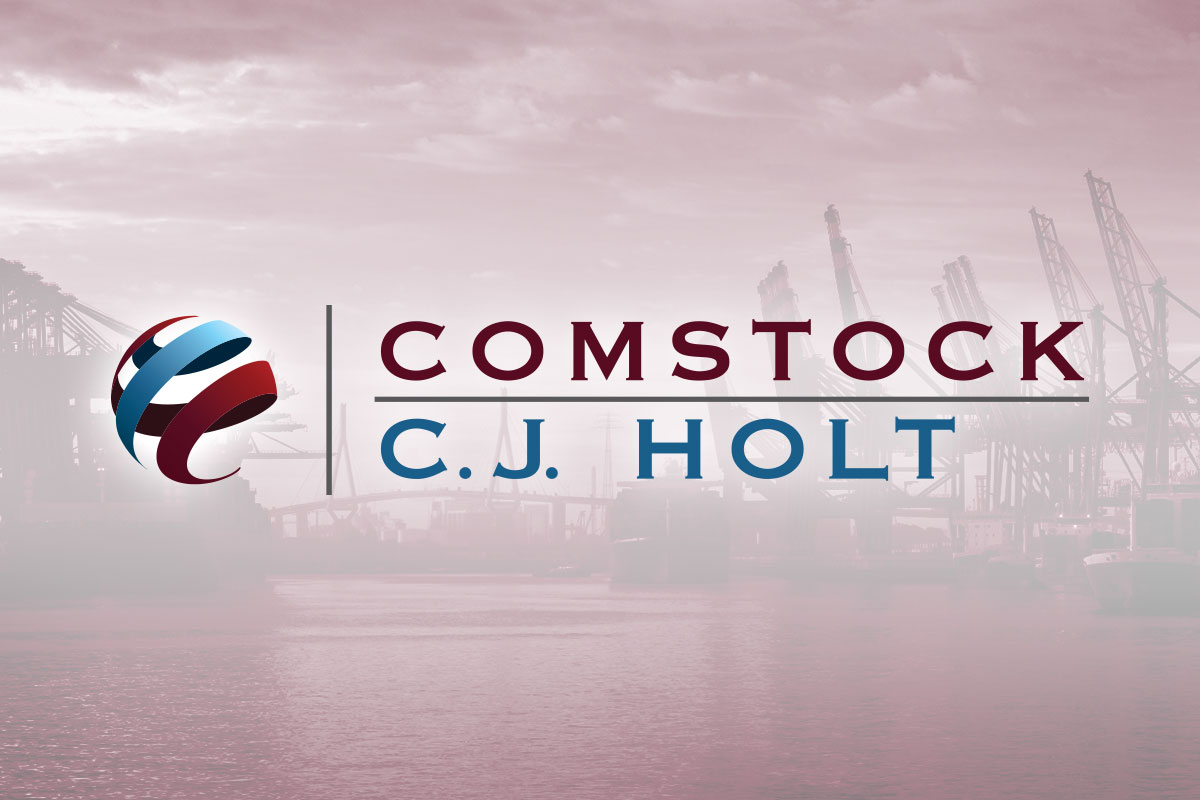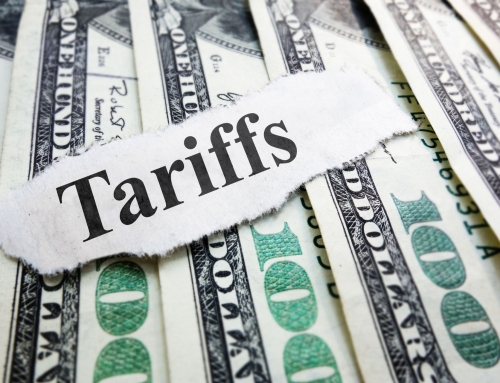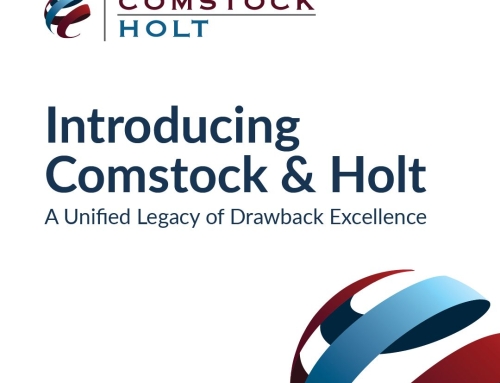Senate Finance Committee Chairman Max Baucus (D-MT) and Ranking Member Orrin Hatch (R-UT) introduced the Trade Facilitation and Trade Enforcement Reauthorization Act of 2013 (Act) on March 22, 2013, to strengthen the trade functions of the U.S. Customs and Border Protection Agency (CBP) and U.S. Immigration and Customs Enforcement Agency (ICE). The bill facilitates trade and improves enforcement of U.S. customs and trade laws, strengthens the private sector consultation process, streamlines CBP’s trade operations, and enhances collaboration across Federal agencies.
Duty drawback simplification is specifically addressed in Title IV – Miscellaneous Provisions Section 402: Drawback for Exported Merchandise. As written, this section incorporates almost all of the agreements reached between the trade and CBP during meetings of the Trade Support Network (TSN) Drawback Subcommittee. Some of the major changes included in the law as it is currently written are:
1. Drawback time frames will be simplified to be an inclusive five-year difference from date of import to filing a claim. This will reduce the recordkeeping time frames and alleviate the recordkeeping burden on both CBP and the drawback claimant.
2. The basic drawback concepts of substitution, i.e., same kind and quality and commercial interchangeability, will now be the globally accepted Harmonized Tariff Schedule of the United States out to an eight-digit level. This is a substantial advancement, as drawback will be based on an objective standard that would eliminate the need for subjective interpretation. This change alone will save considerable administrative costs for CBP and should minimize the needfor drawback claimants to pursue drawback issues in the courts system.
3. Drawback will be calculated based on the average duty per line item on an entry.
4. The drawback claim filing process will be electronic and integrated into the Automated Commercial Environment(ACE).
5. Rulings and approvals prior to filing claims will be eliminated.
6. A transition period will be allowed so that claimants will have time to update systems and data to meet the new requirements.
Although these changes are positive, the language used in the bill is very confusing and ambiguous, which can result in litigation and rulings in the future. The TSN and various trade groups are commenting to the Senate Finance Committee and suggesting better wording for the bill. We will keep you appraised as changes happen.
This new process was a result of the Joint Trade/CBP Workgroup which was formed in July 2012 to address operational drawback issues that make the drawback process more in line with the way businesses operate. Comstock & Theakston and C.J. Holt were instrumental in forming the group and moving the agenda forward. Next up on the list is proof of export and liquidation of drawback claims.
We welcome your comments on our website and newsletters. If there are any topics you would like us to address in future newsletters, please let us know.
Sincerely,
David Simcox
Comstock & Theakston, Inc.
(201) 967-1220 x109
dsimcox@dutydrawback.com






